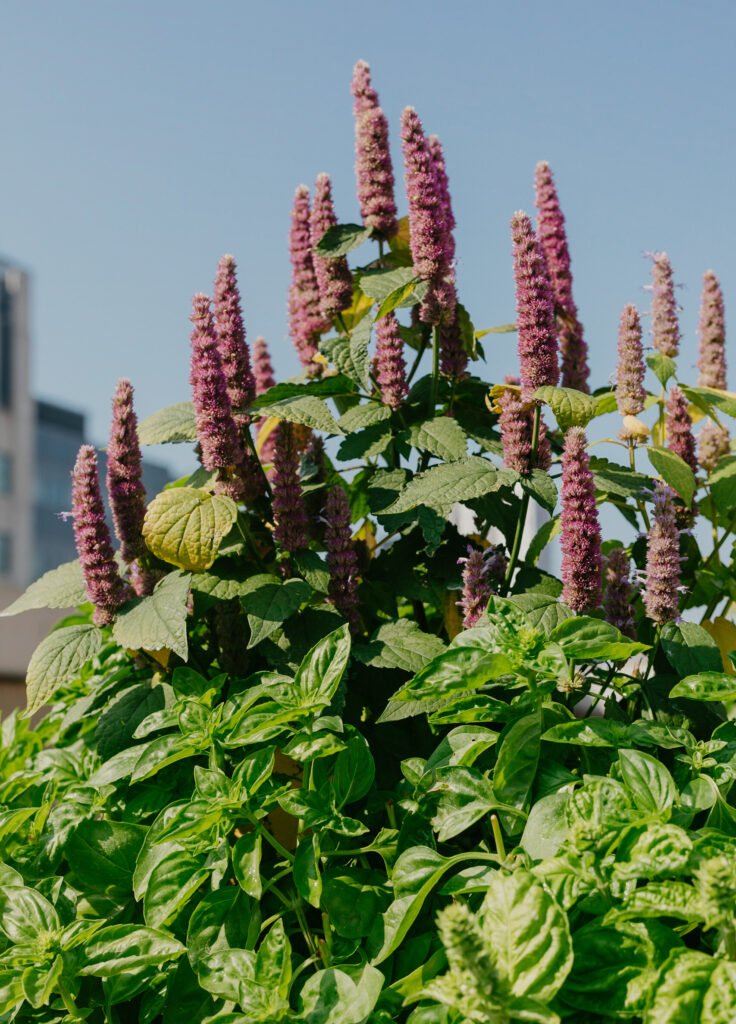
There are over 600 distinct First Nations in Canada, each with their own unique traditional, nutritional, medicinal, cultural, or ceremonial uses of plants. Therefore, passing down knowledge generationally over thousands of years on quite an extensive collection of their native flora, that they either grew themselves or harvested in the wild.
To compile a complete list of all the local plants used by the First Nations of Canada would require a massive undertaking of research, as traditional knowledge is often passed down orally and kept within each community. However, there are available resources documenting some of the commonly used plants by various First Nations groups. For example, the University of Waterloo’s database called the “Indigenous Food Systems Network”.
Marigolds were used by the Navajo Nation in the southwestern United States for medicinal purposes, and snapdragons have been used by the Cheyenne and Lakota Nations in North America for decorative purposes. Agastache, also known as anise hyssop, has been traditionally used by some First Nations for medicinal purposes. It has been used as a tea to treat coughs, colds, and sore throats, as well as for its anti-inflammatory and anti-microbial properties. Some First Nations also use it in smudging ceremonies, as it is believed to have spiritual cleansing properties.
Moreover, beans are also one of the many plants that have been traditionally used by First Nations like Cree, Iroquois, and Chippewa people amongst others. Several of them, like kidney beans, black beans, and white beans, are native to North America and therefore have played an important role in the traditional diets and cultures of many First Nations in Canada. Providing a high protein and fiber food source that could be stored for long periods of time, and that is still nowadays an essential part of Indigenous cuisine.
They were often grown in conjunction with other crops such as corn and squash, a planting practice known as the Three Sisters, allowing to maximize growth and yield, creating a more sustainable farming system. Some First Nations also used beans in spiritual ceremonies, and as a source of dye for textiles.
Marigolds, snapdragons, agastache, and beans, are all plants that we also use for companion planting across all our gardens. We use the marigolds as a natural pest repellent, the snapdragons as ornamental flowers as well as to support local pollinators, and agastache for its delicious licorice-minty flavor that is great for tea or in deserts, and their beautiful purple inflorescence that all pollinators love. We also companion plant our beans similarly to the Three Sisters’: we plant them with our tomatoes actually, so that beans can crawl up their stalks and reach for more light, while we’ll often have microgreens and even sometimes marigolds cohabitating in the pot as well.

There is so much still yet to learn about Indigenous plant wisdom, and First Nations knowledge of farming and agriculture. As we continue to explore and learn about their traditions, it is important to be respectful of the First Nations communities who have long held this knowledge. By recognizing and valuing the traditional uses of plants, we can deepen our understanding of their cultural significance and contribute to a more sustainable and inclusive future.
Bibliography:
- Indigenous Food Systems Network. (n.d.). Indigenous Food Systems Network. Retrieved from https://www.indigenousfoodsystems.org/
- Kimmerer, R. W. (2013). Braiding Sweetgrass: Indigenous Wisdom, Scientific Knowledge and the Teachings of Plants. Minneapolis, MN: Milkweed Editions.
- Settee, P., & Shukla, S. (2020). (Eds). Indigenous food systems: Concepts, cases and conversations. Canadian Scholars.
- Turner, N. J. (1997). Traditional plant use by native peoples in British Columbia. Victoria, BC: University of Victoria.
